Recently, famous show jumping athletes Kharlam and Natalia Simoniia visited our Sukhum office of the Congress. They shared interesting stories from their lives and sports careers, told about unexpected twists of fate and how they managed to overcome obstacles on the way to victory. The result of the conversation was the story, the main character of which is the international master of sports in show jumping, four-time champion of the USSR, two-time winner of the USSR Cup, master of sports of the USSR, honored coach of the Republic of Abkhazia, Cavalier of the III-degree "Akhdz-Apsha" Order Kharlam Simoniia.
Esma Golandziia
Beginning of the journey and career take-off
The future champion's love for horses began in his early childhood. Kharlam's father fought in two world wars as a cavalryman, his cousin Valery Shakryl was involved in professional equestrian sports, and his brother Dmitry was engaged in national games. Horses were always kept at home in Lykhny, so Kharlam learned to ride early and spent a lot of time with these noble animals. While still a student, he began attending the Gudauta equestrian club, where his first trainers were Lev Papba, Valery Shakryl and Dulatbey Achba. By adulthood, Kharlam Simoniia had received the title of Master of Sports. Then he served in a sports company in Tbilisi, where he trained under the guidance of the legendary Soviet equestrian Vladimir Raspopov.
An interesting incident occurred at one of the sports meetings. In front of everyone, the senior coach of the Georgian national team addressed Raspopov:
- Are we paying you thousand rubles a month for one single Simoniia?!
- Show me another athlete here who trains with the same zeal, - came the answer.
In 1977, after the youth games, the athlete got into the youth team of the Soviet Union in show jumping, and already in 1981 — into the main team, where he stayed until the collapse of the country. Since then, he became four times champion of the USSR, won bronze at the Olympics of the Peoples of the USSR, and took an active part in the European and World Championships.
Competitive sport dictates its own rules — in the early 80s, Simoniia moved to Russia — lived in Moscow, Rostov, then returned to the capital again, where he still lives with his family.
A horse is like a human
Many horses pass through the professional activity of an equestrian athlete: some sooner or later replace others, and everyone inevitably gets used to this "conveyor". Nevertheless, if you ask any rider, he will always name his most important and favorite horse.
In the Soviet years, a group of Olympic horse reserves was established for members of the USSR national team. Animals were trained by specialists and then distributed among athletes. One of the racehorses, named Kherson, was found to have heart issues, so they decided to give it to Kharlam Simoniia, who lived in Abkhazia. The healing sea air did its job, and the rider and horse united in a strong tandem, in which strength of character and mutual respect became decisive.
"It was a good horse. It understood everything, like a human. I took part in the Soviet Union Cup, the USSR Championship, jumped in Holland, France, Italy with it. When my nephew was born, my brother called to consult about the child's name. I told him: "Don’t be offended, but let’s call him Kherson." And that’s what happened," says Kharlam Simoniia.
In addition, the name fits perfectly into the established family tradition - Kharlam Simoniia’s sisters are called Khana and Khima, the eldest daughter is Khatuna, and the youngest is Khristina.
The pitfalls of big-time sports
In 1988, Simoniia, along with other athletes, was preparing to participate in the Olympic Games in Seoul. The final selection took place in Chutovo. Despite the fact that the competition included a difficult route, the rider managed to successfully overcome the distance, thereby confirming his participation in the Olympics. However, alas, the plans went awry.
"We took down the load from horses at 4 am and went to bed. We arrived at 8 am, and before my eyes one of the athletes, a Latvian by nationality, and his trainer Victor Nenakhov, took my horse out of the box, put it on the track and tore off its front horseshoes. Then they called the head trainer Oleg Ovodov and reported that the horse Kherson was lame on both legs. Of course, I asked Ovodov to explain what happened, and he told me the following: "I don’t understand what’s going on either. I submitted my last application to Seoul. When they told me that the horse was lame, I didn’t include you in the application." I looked him in the eye and said: "You all are scums."
The USSR team showed outstanding results in Seoul, leaving all competitors far behind in the team event, but ironically, not a single medal was won in equestrian sports.
This story was completed only 40 years later, when Ovodov called Kharlam Simoniia, and the athletes had a frank conversation.
"On December 31, we celebrated my birthday and the upcoming New Year, and then Ovodov called, congratulated us on the holidays and said: "You know what, we treated you badly before Seoul in 1988, I want to apologize for that." Apparently, all these years he was tormented by the fact that they treated me like that and that he was persuaded to do so. Three years after that call, he was gone."
Athlete and scholar
Surprisingly, I met Vladislav Ardzinba at the Kursk railway station in Moscow. At that time, Ardzinba worked at the Institute of Oriental Studies of the USSR Academy of Sciences, where he studied the history and culture of the ancient peoples of Asia Minor, and Simoniia was the champion of the Soviet Union.
The athlete and the scholar ran into each other on the platform while waiting for a train with parcels from Abkhazia. Ardzinba approached first and asked: "Excuse me, are you Kharlam Simoniia?" The young people started talking and exchanged phone numbers. Then Ardzinba invited Kharlam to his home, they began to call each other periodically, and a connection was established between them.
"When the war broke out, the first thing I did was rush to Abkhazia and, getting off the ship in Pitsunda, went straight to Ardzinba's headquarters. He looked at me intently and said: "Why did you come? We all know what you do. We will need culture, sports. When we need you, we will find you, go back and do your thing. We will manage somehow for now." I never showed myself off, never said or announced that I helped somewhere or sent something. There were people who helped, and in the evening their names were announced on TV."
Years later, having learned that Ardzinba climbed Auadkhara and rode there, Kharlam Simoniia decided to give him a saddle, sewn especially for the Victory Parade, which was taken by the famous Marshal Zhukov. Ardzinba was surprised by the gift and in return handed his friend a knife with a precious stone and a gold fountain pen. "Do you have a son?" he asked. "If you have one, write his name with this pen."
"If they shoot me, I will die as a hero with a flag in my hands!"
In 1992, shortly before the war began, a People's gathering was held at the Republican Stadium in Sukhum. The state flag, approved at a session of the Supreme Council in the conditions of a tough confrontation between Abkhazian and Georgian deputies, was to be solemnly presented to those gathered. Kharlam Simoniia was entrusted with carrying the banner measuring 1.5 meters by 70 centimeters.
"We were supposed to ride horses around the stadium and put the flag on the stands. There was me and another guy from the North Caucasus. It turns out that there were many people who wanted to carry the flag, I was even warned that it was dangerous to go out - some people dressed in Circassian clothes were on duty outside. I got angry and said: "You know what, even if they shoot me now, I will die as a hero with the flag in my hands!" I mounted my horse and galloped off," the athlete recalls.
Then the flag was proudly carried along the entire embankment of the capital. Just three weeks after the approval of the state symbols, troops of the State Council of Georgia entered the republic. From the first days of military actions, Abkhazian soldiers carried a white-green banner, which became a symbol of the struggle for freedom and independence.
Horse family
Equestrian sport has linked the destinies of Kharlam Simoniia and his wife Natalia. At competitions, training and in life, they inspire and complement each other, invariably pursuing their sporting dreams. Natalia is a bright star in the firmament of Russian show jumping - a international master of sports, a three-time champion of the USSR among juniors, a six-time winner of the Russian championships, performing under the coaching of her husband. Another interesting feature of this family is that they work with horses of their own breeding, thereby proving that Russian breeders can independently obtain worthy war horses, and not bring them from abroad.
Daughter Khristina followed in the footsteps of her parents, who has already achieved some success in the sports arena.
"My daughter has practically put aside her pedagogical diploma. We thought that maybe with age she will let go, but no, she is already a master of sports, gradually training children. The Russian Cup included the Regional Cup, and we represented Moscow as our club - me, Khristina and a girl who studies with us. The three of us, as a team, won," says Natalia Simoniia.
On equestrian sports in Abkhazia
Our country had many high-class equestrian professionals in the Soviet years. Before the Olympics of the Peoples of the USSR, there was the Olympics of Georgia, and the Abkhazian team always won it - in triathlon, dressage, and show jumping. After the war, equestrian sport lost its classical form and survived only as traditional rider competitions and folk games.
"We had good athletes. Unfortunately, few of them left. National games are a different story. There are only four USSR Masters of Sports in classical equestrian sport - Alexey Lakerbaya, who recently turned 90, Aksenty Tarba, Otar Chanba and me. The rest are gone. I would very much like these people to be invited as guests of honor to competitions and to have their achievements in equestrian sport recognized. It is not about being offended, but about the fact that people should know and remember their champions. We do not need money or prizes - it costs nothing to simply recognize a person's achievements. I would like to say, however, that Tarash Khagba (editor's note, Chairman of the State Committee for Youth Affairs and Sports of the Republic of Abkhazia) is the only one who constantly calls and remembers us," says Simoniia.
Quality mark
At the initiative of Kharlam Simoniia, the Cup of Abkhazia in show jumping was held in Moscow - twice at the "Bitsa" equestrian complex, twice at the "Pegasus" equestrian center, and at the "Vivat, Russia!" complex in 2024. Each time, it was a bright event, uniting many talented riders and enthusiastic spectators.
After completing his sports career, Kharlam Simoniia continued to work in equestrian sports - at 68 years old, he is actively involved in coaching. Today, the Simoniia name is already a kind of brand, a quality mark, evidence that the champion wins twice - first as a participant in the competition, and then as a mentor who leads new generations to new heights.
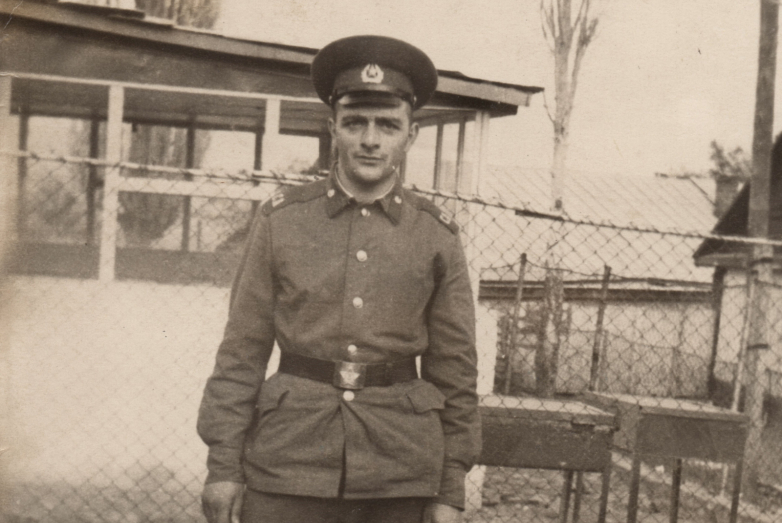
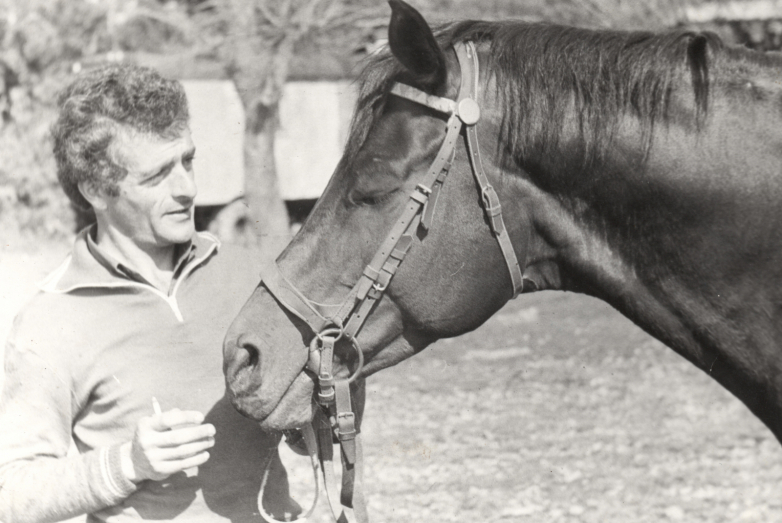
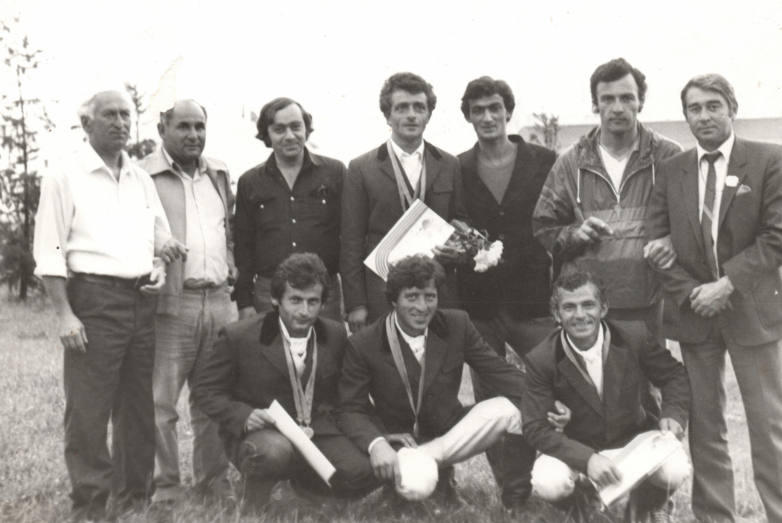
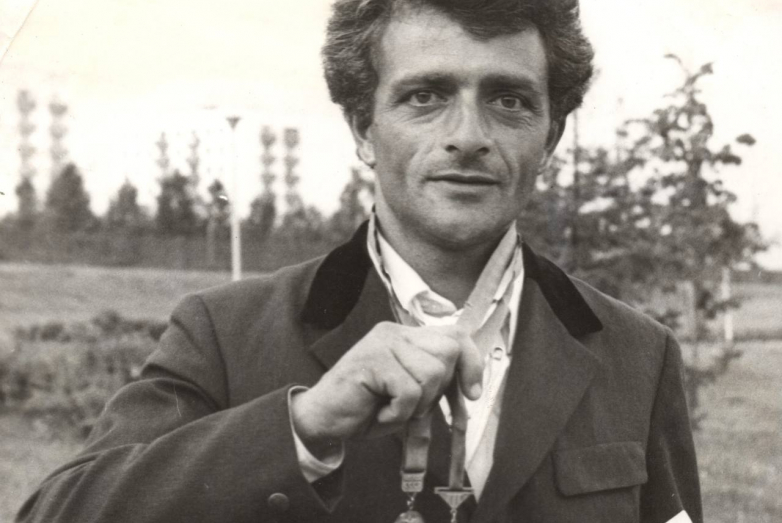

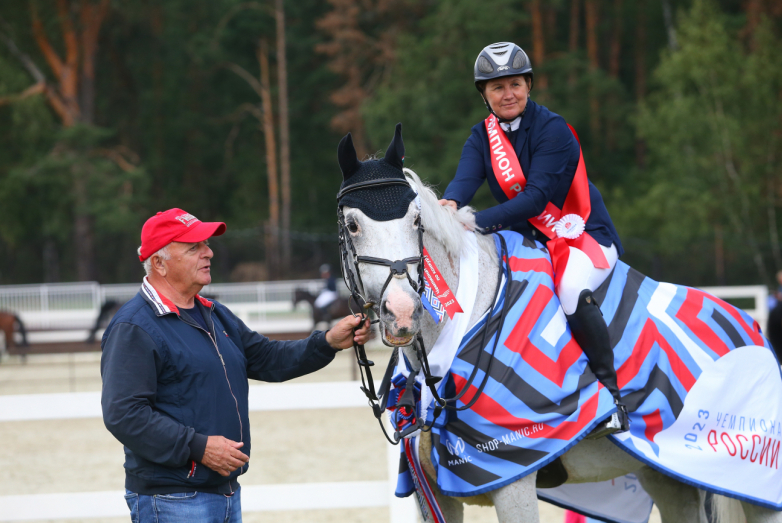

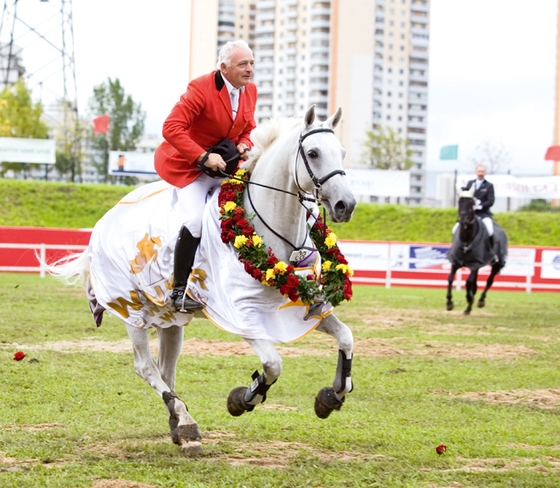
to login or register.